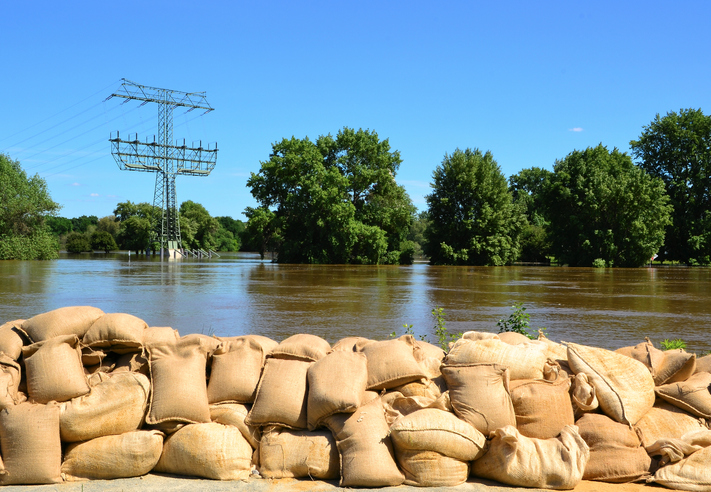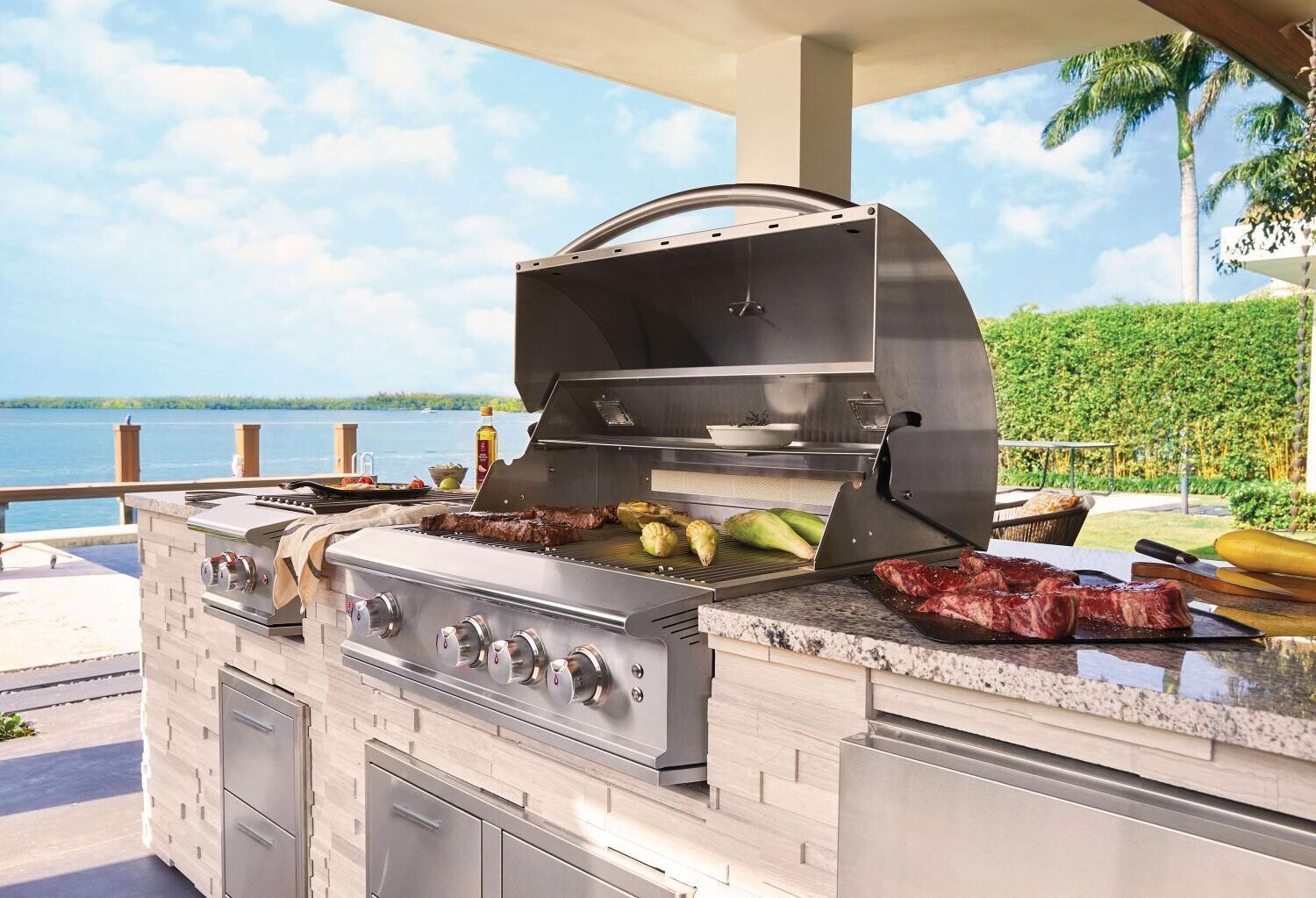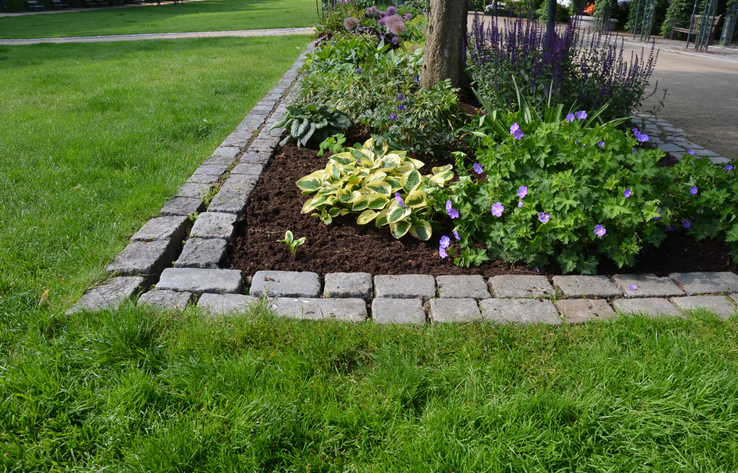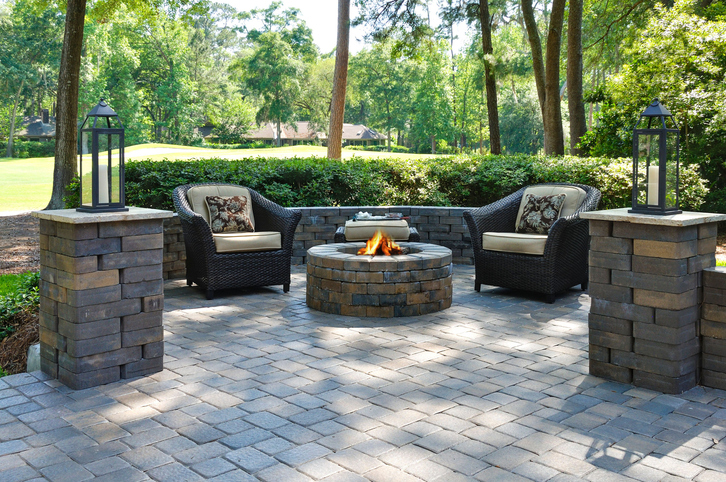
The peak of hurricane season is just around the corner, and with hurricane season comes the strong possibility of coastal flooding. Our team at Bianchi Brickyard and Landscaping is here to help you prepare for any storms to come with our large quantities of sand, bagged soil, and sandbags, all of which can help you protect your property from flooding.
The most common technique to prevent flooding is sandbagging. With sandbags, you can build a barrier to help stop water from getting inside vulnerable doors and foundations. Sandbagging is commonly done with traditional burlap sandbags, but can also be made of polypropylene, polyethylene, and nylon. Below are steps on how to properly use sandbags.
1. Determine how high you want your sandbag wall to be. Combine the height with the length of your bags to help you determine the number of sandbags you’ll need.
2. Clear any debris from the area where you want to build a wall. Be sure to not build around sharp turns, curves, or on top of uneven ground.
3. With the help of another person, fill the sandbag a little over halfway. Don’t overfill the bag as it will make it more difficult to move, carry, compact, and form when you lay it down. If you plan to transport the bags, we suggest tying them off closer to the top of the bag to allow the sand to sift. Otherwise, fold over the top flap of the bag and leave room so that the sand can move around for placement.
4. For proper sandbag placement, be sure that the bag flap is folded under and facing away from potential floodwater. If a tied bag is being used, place the tied end out. Situate the bag lengthwise and parallel to the direction of water flow.
PRO TIP: Tamping down on the top of the sandbags before placing the next row will help create a better seal.
5. When stacking the second and third rows, stagger the bags on top of the previous bag by offsetting by half the length of the top of the previous bag.
6. For barriers that are over three rows high, you should build the sandbag wall in a pyramid shape. The base of the pyramid should be three times wider than it is tall with the bags overlapping at the seams.
7. For added protection, seal the wall with plastic sheeting, at least 6 millimeters thick. Loosely lay the sheeting across the sandbags from the top of the pyramid to the base. If you are using more than one sheet of plastic sheeting, overlap each sheet by three feet. You should then place a row of sandbags across the top of the pyramid to weigh down the sheeting and another row of sandbags along the bottom edge.
You can also use bags of soil to build a barrier and protect your home from floods. These are easy substitutes for sandbags and can be used later in the spring for gardening.
Contact us today to get a free quote on our sand and soil products, and get your home prepared for the peak of hurricane season!



